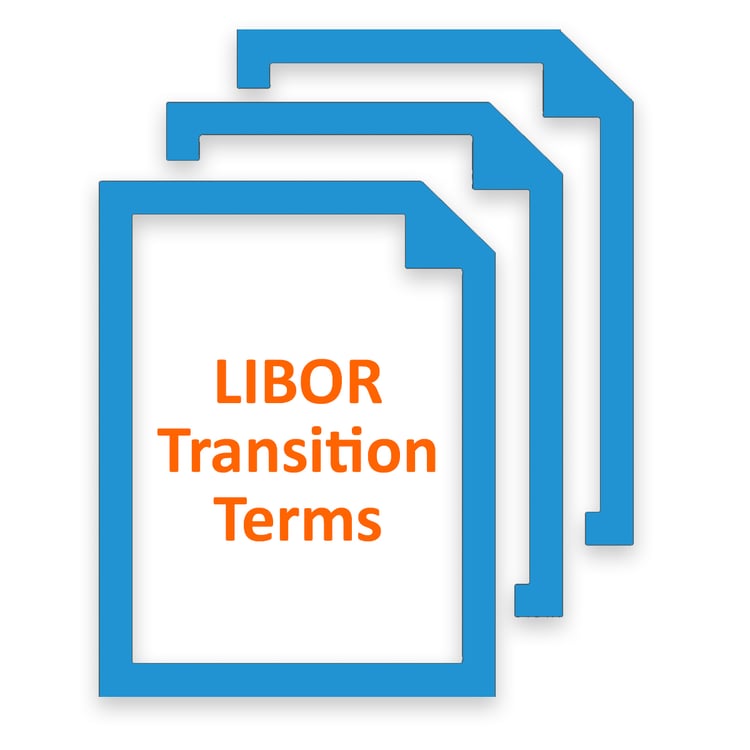
We recently conducted a (sold out!) webinar on the LIBOR Transition, driven by the NY DFS sending a letter to over 1,000 companies that they regulate Board of Directors, with a response due on March 23, 2020.
The first question we received in response to the webinar was “you guys use a lot of acronyms, can you explain what it means, please?” And it’s true, we do use a lot of terms, so we put together a LIBOR transition cheat sheet (a Glossary) to explain not only what each acronym means, but why it is important in a LIBOR transition context.
Some facts about LIBOR:
- LIBOR has been in use since the 1970’s and is well understood by the markets and regulators.
- Many loans use LIBOR as an index rate, especially mortgages and student loans.
- However, dollar volume of LIBOR based contracts, futures, options, or other types of derivatives is far greater than its use in loans.
- Although people talk about it as if it were a single number, it actually has its own “Term Structure” (see our glossary) with 7 different rates and its own yield curve. Having a Term Structure is a great attribute for a Reference Rate to have, and most Alternative Replacement Rates do not have that, at least not yet.
- The Financial Conduct Authority (FCA, below) that oversees the publication of LIBOR decided in 2017 to not compel any bank to contribute to the LIBOR process after December 31, 2021. This means it is very unlikely that banks will participate after this date, and LIBOR will cease to be credible if it exists at all.
- Liquid markets require many participants. Therefore, regulators and associations are issuing Replacement Guidance to move participants to a new market. In the US, the ARRC (below) is guiding markets towards SOFR (below).
Here are the first four LIBOR-related acronyms you’ll hear us mention when we talk about the transformation. The full list of terms can be found here. It will be updated on a regular basis.

[i] https://en.wikipedia.org/wiki/SOFR
[ii] https://www.newyorkfed.org/arrc
More from the blog
View All Blog PostsSubscribe to Our Blog
Fill out your email address to receive notifications about new blog posts from CC Pace!
